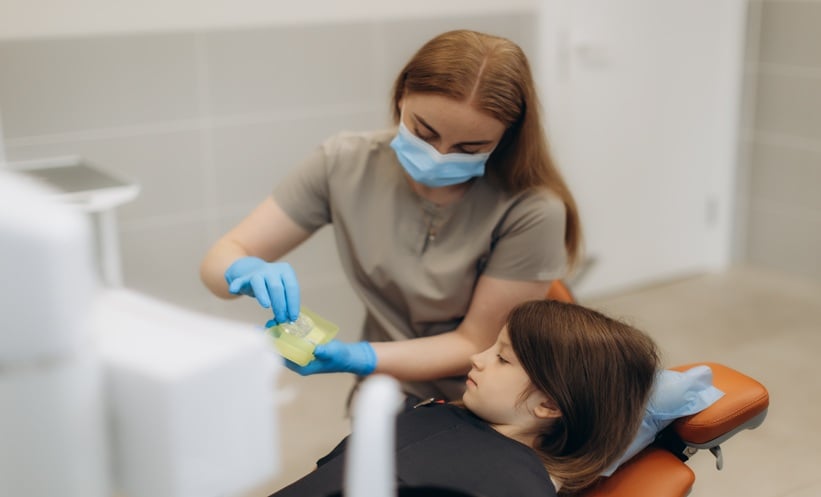A NEW study provides important methodological insights into evaluating the effectiveness of risk-reducing early salpingectomy (RRES) with delayed oophorectomy (DO) as a strategy for women at high risk of ovarian cancer.
Traditionally, women carrying BRCA1/2 gene mutations have been offered risk-reducing salpingo-oophorectomy (RRSO), which removes both the fallopian tubes and ovaries. While effective, RRSO induces premature menopause, which can have significant long-term health consequences. RRES with DO offers a two-stage alternative: removing the fallopian tubes first while preserving ovarian function until later.
Using data from the UK PROTECTOR cohort study, which has enrolled more than 1,200 women, researchers applied the estimand framework to define how clinical effectiveness should be measured. Among 889 participants analyzed, 45.5% chose RRES, 28.7% chose RRSO, and 25.7% opted for no surgery.
The team determined that the most meaningful outcome measure was ovarian cancer incidence after surgery, with the primary target being the proportion of cancers prevented by RRES compared to no surgery. Importantly, the study estimated that recruiting 1,150 women undergoing RRES with 8–10 years of follow-up would provide over 90% statistical power to show at least a 20% reduction in ovarian cancer cases.
These findings highlight the feasibility of long-term evaluation of RRES and set the stage for comparing its effectiveness to standard RRSO. According to the authors, the approach offers advantages over traditional incidence ratio measures, including easier interpretation across studies and more realistic recruitment targets.
The results underscore the potential of early salpingectomy as a promising option for women at increased genetic risk, while also stressing the importance of robust, long-term clinical evidence to guide practice.
Reference
Sia J et al. Estimands for Clinical Effectiveness of Risk-Reducing Early Salpingectomy in Women With High Risk of Ovarian Cancer. JAMA Netw Open. 2025;8(9):e2532195.








